FAQ
Erwin Schrödinger postulated a very important tool to calculate energies of all kinds of chemical compounds in 1926 - the so called Schrödinger equation.
Ĥ Ψ = E Ψ
mit E: energy; Ψ: wave function, Ĥ: Hamilton operator (combination of potential and kinetic energy of a particle)
Nevertheless, scientists had to determine the energy of chemical compounds and reactions by conducting effortful experiments. Why? You can only get an exact solution of the Schrödinger equation when it is applied to the hydrogen atom. For any larger systems, numerical (approximating) methods are needed, which is extremely cumbersome. Therefore, computer with high computing capacities had to be invented. Today, it is even possible to predict the structures of complex proteins and the products of chemical reactions based on quantum chemical calculations. Experiments can not only be conducted in the laboratory but also by using computers. Since computer chips mainly consist of silicon, experiments that are conducted with computers are called in silico experiments.

Erwin Schrödinger
To get a first idea of the way computer chemical methods work, we need to take a closer look at the Schrödinger equation:
Ĥ Ψ = E Ψ
E stands for the energy which is to be calculated and Ψ represents the so called wave function. The Hamilton operator corresponds to the energy of the whole system. To simplify the equation, one assumes that the nuclei of the atoms are more or less immobile (Born-Oppenheimer approximation). The Hamilton operator then includes the following parameters:
- kinetic energy of the electrons
- potential energy due to electromagnetic (Coulomb) interactions between the negatively charged electrons and the positively charged nuclei
- potential energy due to electromagnetic electron-electron interaction
Especially the third parameter is extremely difficult to calculate, since it depends on the position of the electrons. For the ethene molecule, one would need to solve a differential equation of 48 dimensions. Computerchemical methods simplify this calculation by using several approximations. To get a first overview of the different methods, take a look at Simons (2023).
As mentioned above, computerchemical methods are based on approximated solutions of the Schrödinger equation. The quality of the solutions differs depending on the chosen method.
Nowadays, there are approximating methods such as the coupled cluster theory which produce nearly exact energetic values. The required computing power increases immensely with the increasing accuracy of the results. Thus, the challenge of computer chemical calculations is to find a balance between accuracy and calculation costs.
All calculations are based on ORCA, a quantum chemical program, which was developed by Prof. Frank Neese at the Max-Planck institute for coal research. ORCA is used in scientific research to calculate chemical structures and their properties. Furthermore, it can be used to verify reaction paths. For academic purposes, the usage of the program is free of charge. Further information on the installation of the program can be found on the ORCA homepage .

Yes, they do! It is true, of course, that experiments with real chemicals in the laboratory are still crucial in the scientific research process. Nevertheless, many scientific journals also publish theoretical, thus quantum chemical, results. The usage of these methods has led to a better understanding of chemical correlations. They can also be used to predict outcomes of chemical reactions and therefore help to improve the planning process of syntheses. Nowadays, the development of ever improving computer chemical methods is an important field of research in Theoretical Chemistry.
For future research, the combination of computer chemical methods with artificial intelligence is very promising. Therefore, the journal Science has awarded Breakthrough of the Year 2021 to the clarification of protein structures.
At the moment, a scientific article which provides insights into the website development is being written. As soon as this article is published, it will be linked here.
A general overview of quantum chemical calculations and how they work can be found in the work of Neese et al. (2019).
Seeman und Tantillo (2022) present many examples which show how quantum chemical experiments have influenced the acquisition of chemical knowledge.
The computer chemical experiments on this website aim to deepen the understanding of students concerning the interdependencies of energy and structures. They are based on the empirical results from Pölloth, Diekemper und Schwarzer (2023) concerning students' understanding of energetic processes in chemistry.



